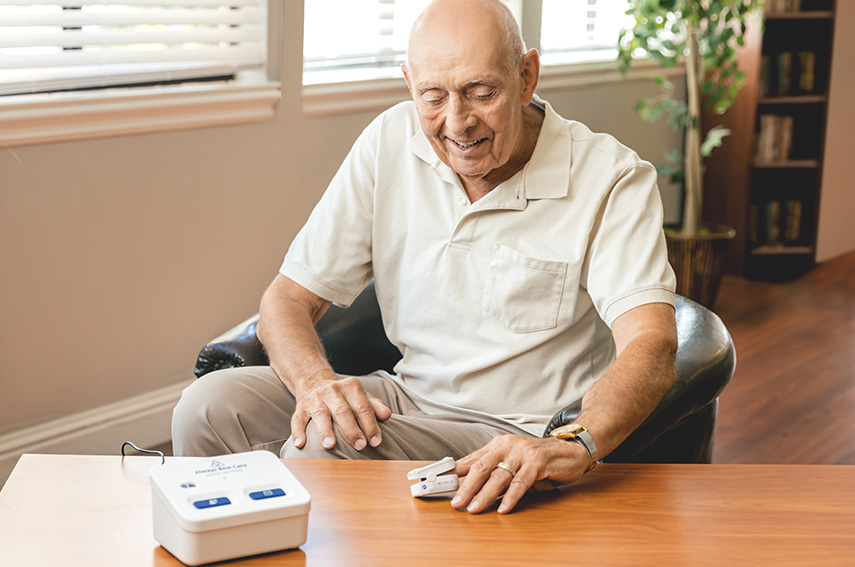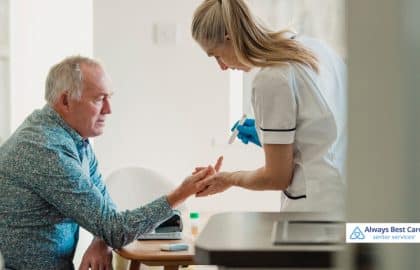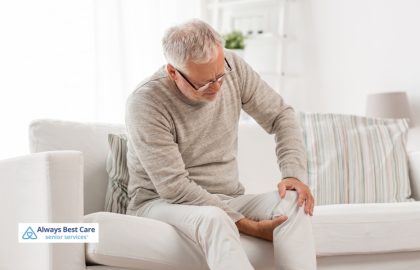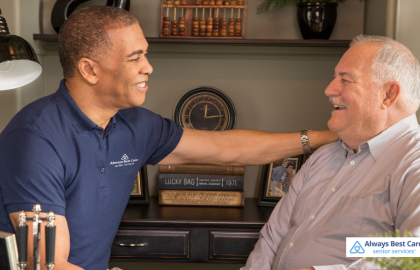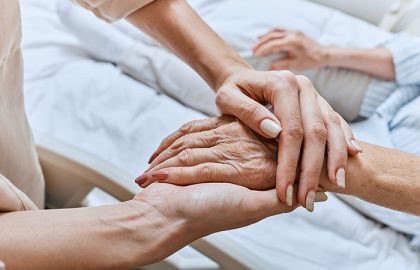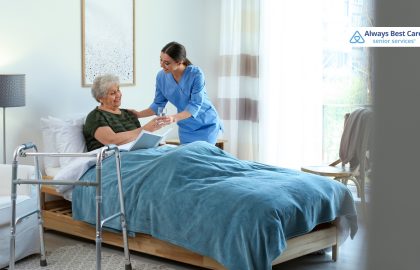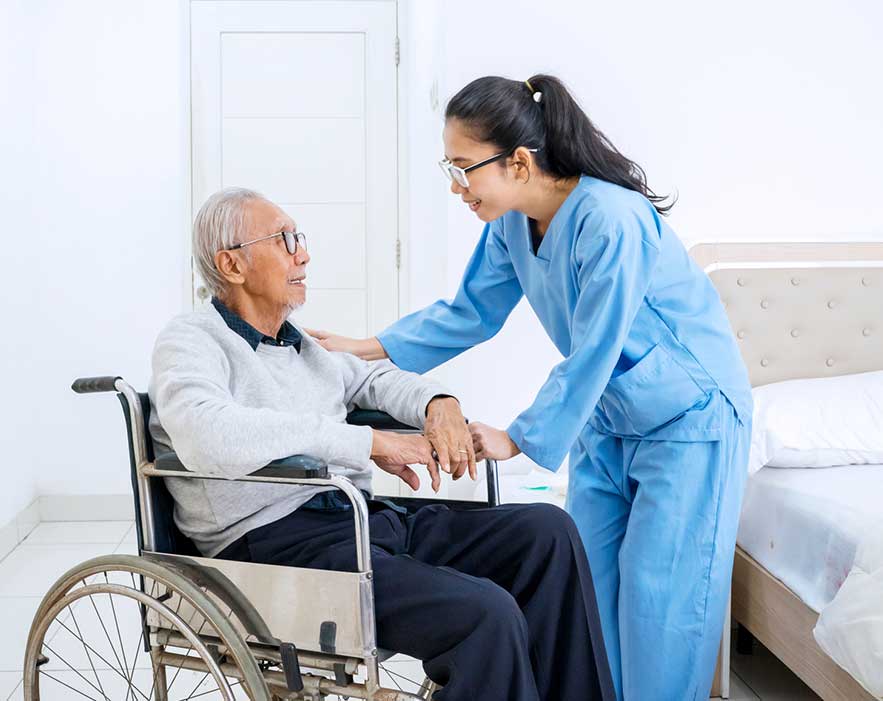This website uses cookies so that we can provide you with the best user experience possible. Cookie information is stored in your browser and performs functions such as recognising you when you return to our website and helping our team to understand which sections of the website you find most interesting and useful.
Introducing Remote Patient Monitoring* (RPM)
RPM allows your provider to know how you are doing through daily monitoring of your vital signs. Your device(s) will alert your provider if the readings are not in the normal range and require medical intervention.
Top reasons for using RPM:
- Unlimited access to clinical call center
- Allows your provider to have more clinical insight into your healthcare
- Access to vital sign readings
- Proactive instead of reactive care
- Increased client satisfaction and engagement
- 75% reduction in ER visits**
- 92% reduction in 30-day readmission hospital rates**
- 76% reduction in hospitalizations***
- Reduction in LOS (length of stay)
- Covered by Medicare and most major insurance companies

Behavioral Health Integration (BHI) is an effective strategy for improving behavioral outcomes for millions of Americans. While RPM addresses the physical needs of the patient, BHI addresses the psychological needs of the patients. Utilized to manage overall well-being, depression, anxiety, and functioning.
DID YOU KNOW?
Vital signs are used to measure the body’s basic functions. These measurements are taken to help assess the general physical health of a person, give clues to possible diseases, and show progress toward recovery.
*Each franchise is independently owned and operated. Services such as Remote Patient Monitoring vary by location.
**HealthcareITNews – (Trinity Health)
***University of Pittsburgh Medical Center
For Always Best Care Executives Reference – information abstracted from the following studies
(**The RPM program produced immediate positive results. In less than a year, 30-day readmissions dropped from 16% to roughly 8% and eventually to 6%. These results alone enabled Trinity Health to improve revenue by taking advantage of CMS incentives while reducing its costs.)
(***The University of Pittsburgh Medical Center, for example, reduced the risk of hospital readmissions by 76% – and held patient satisfaction scores over 90% – by equipping patients with tablets and RPM equipment.)
In Home Care News & Insights
Explore the latest insights, trends, and tips from the senior care and caregiving industries
